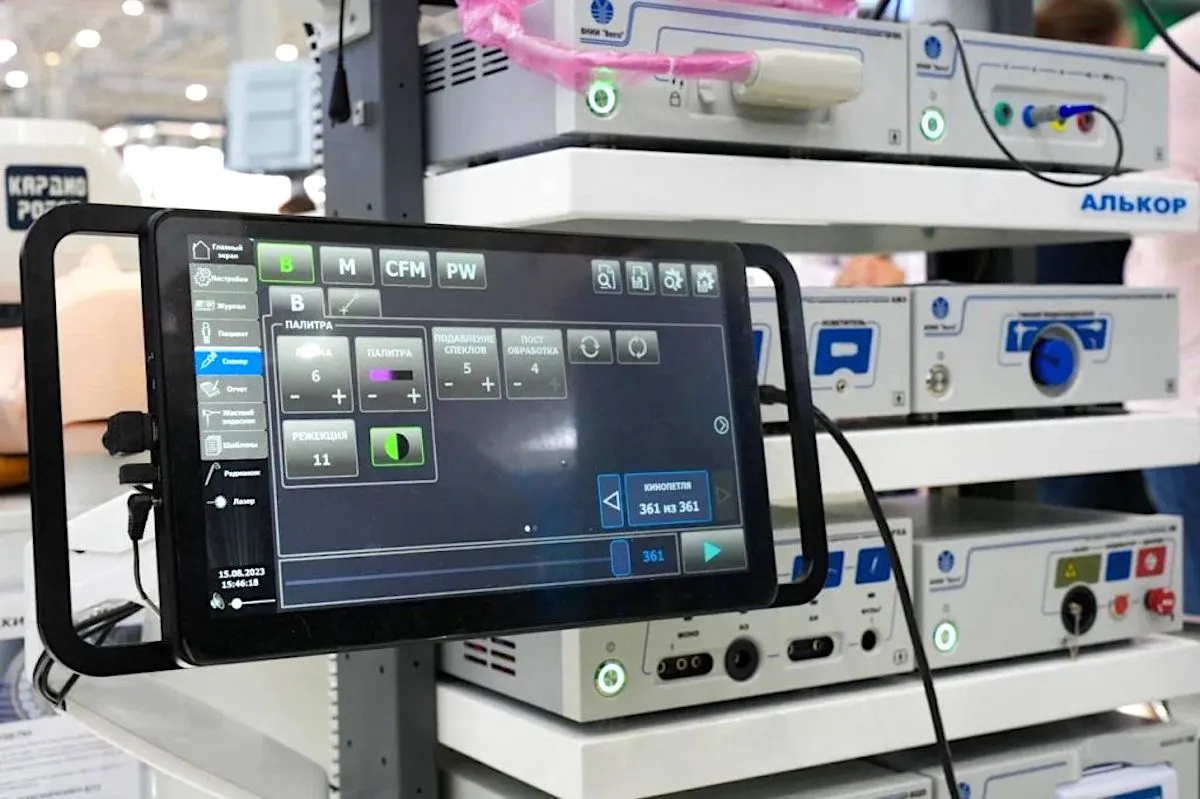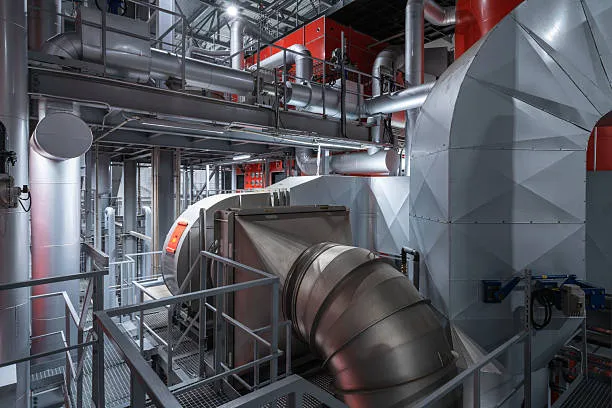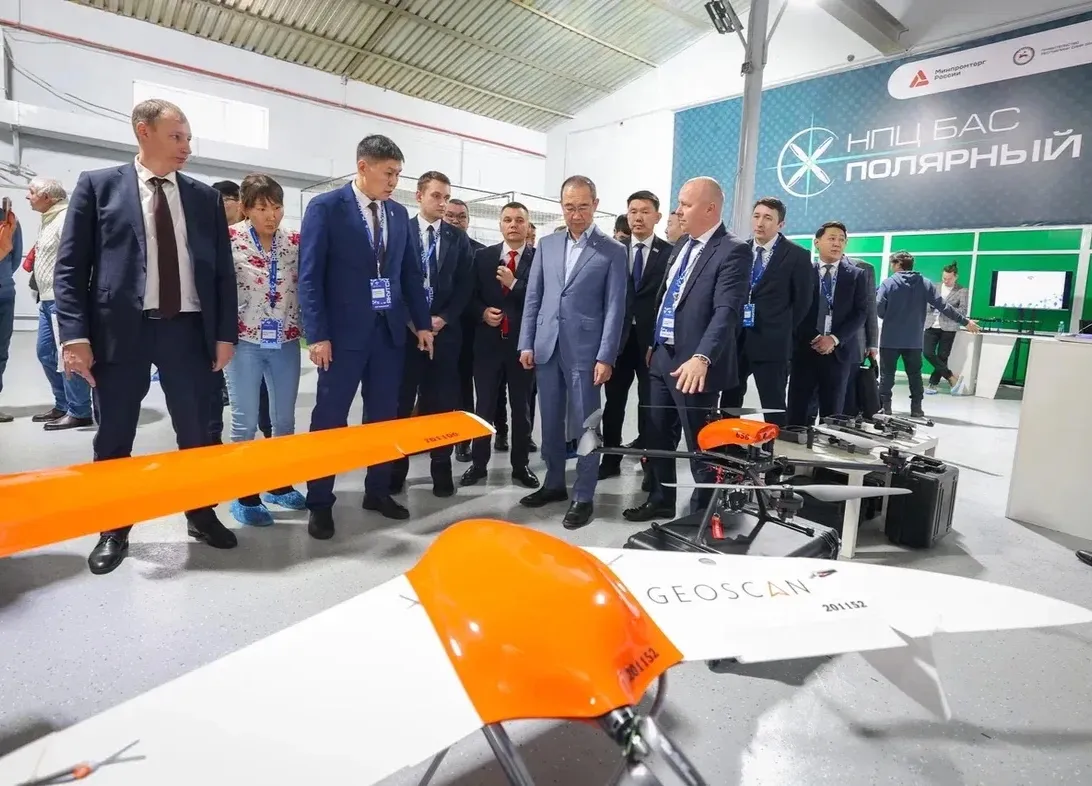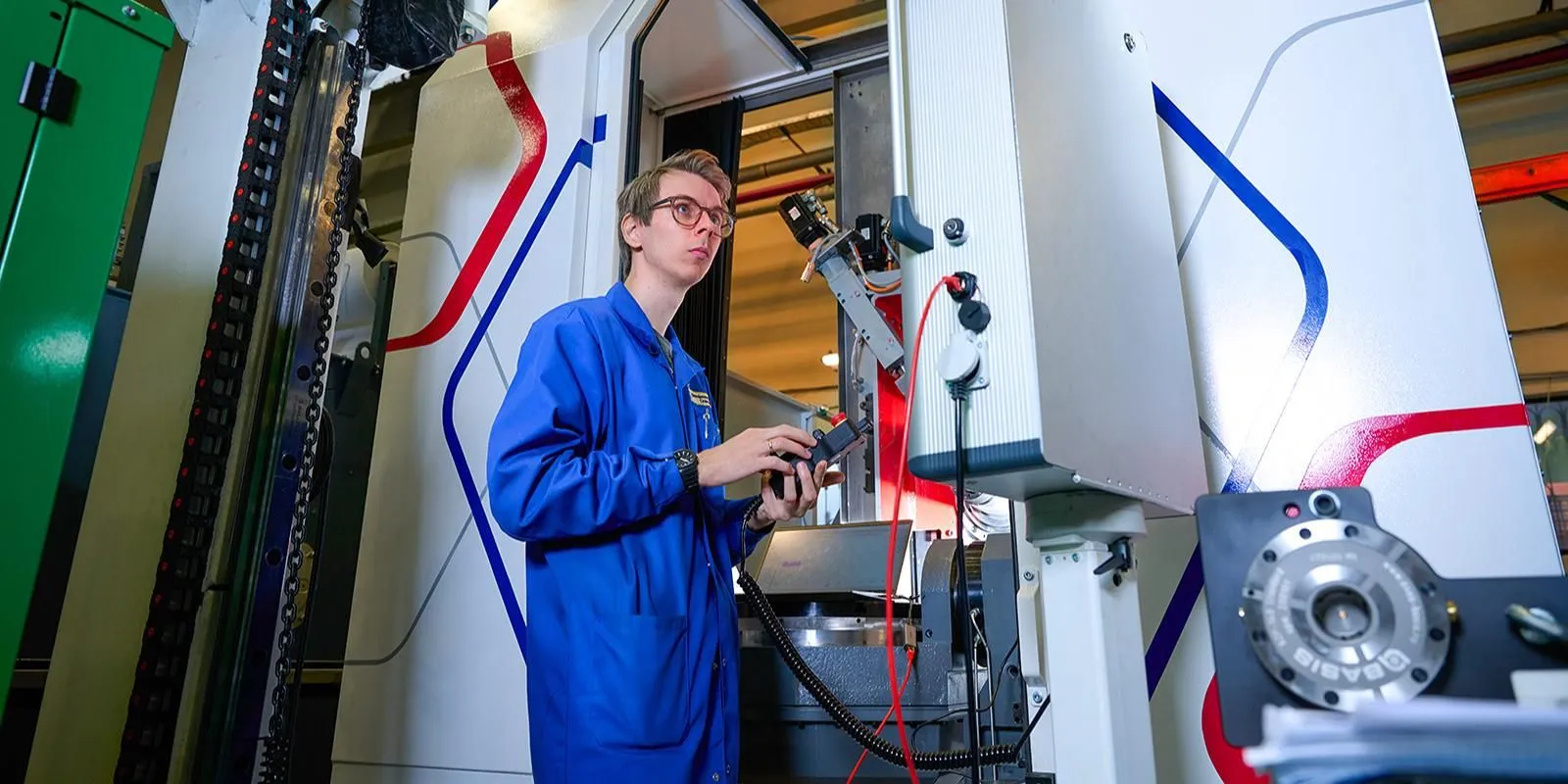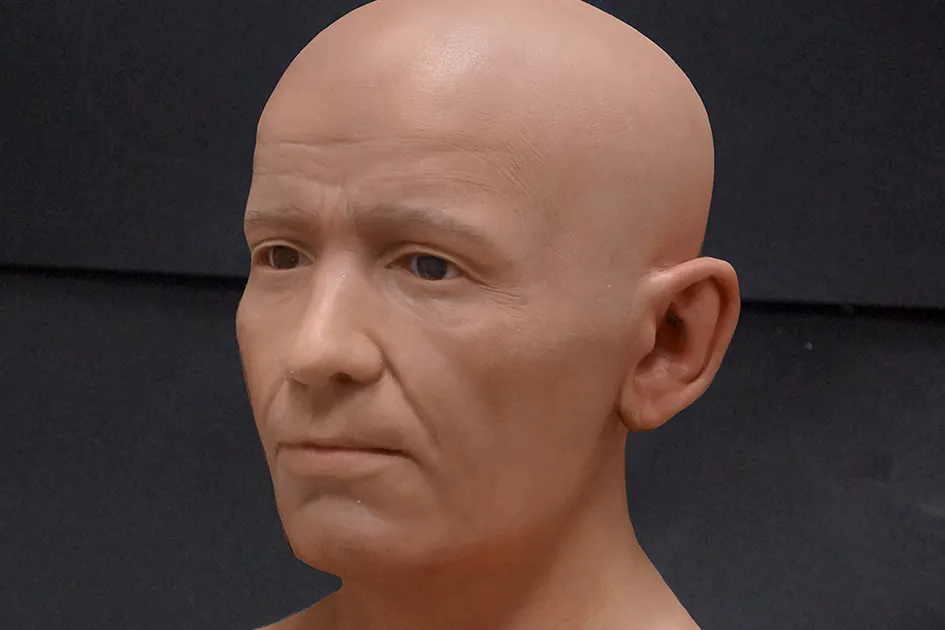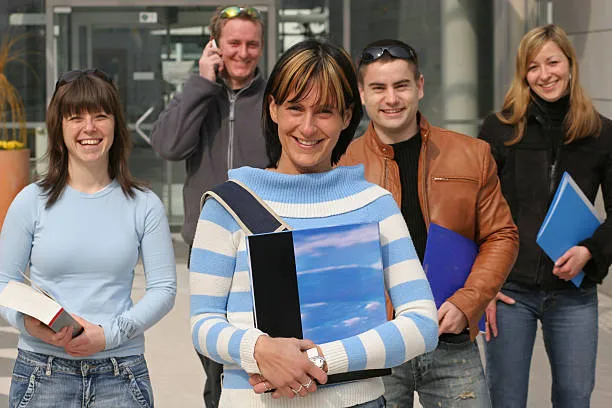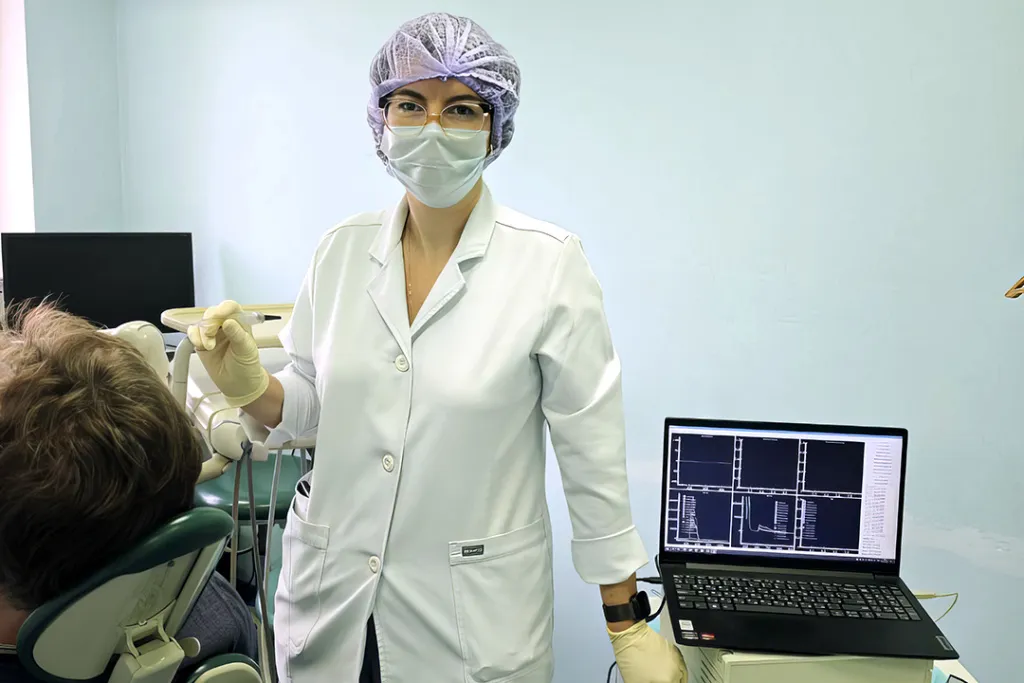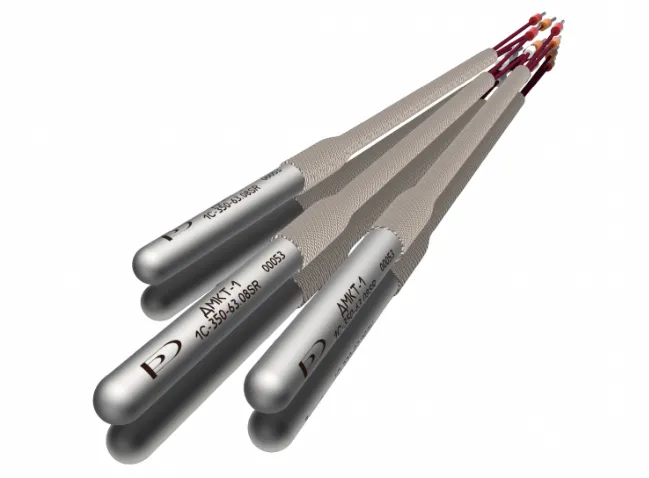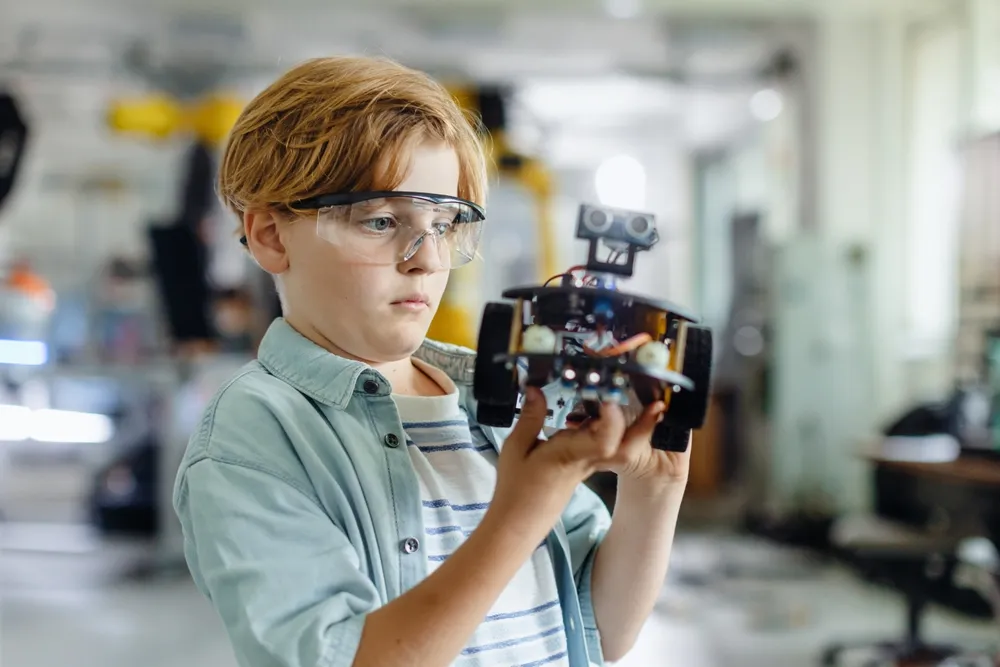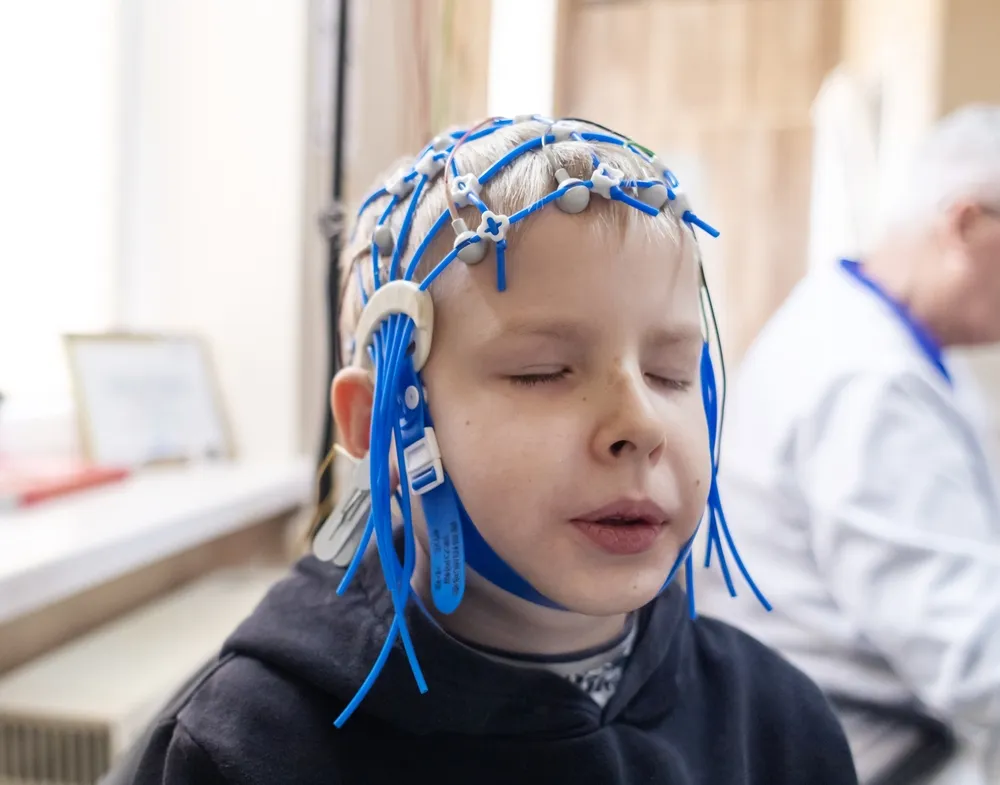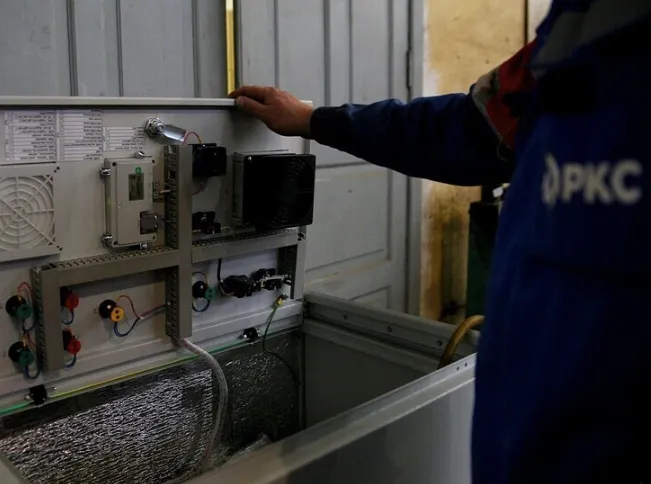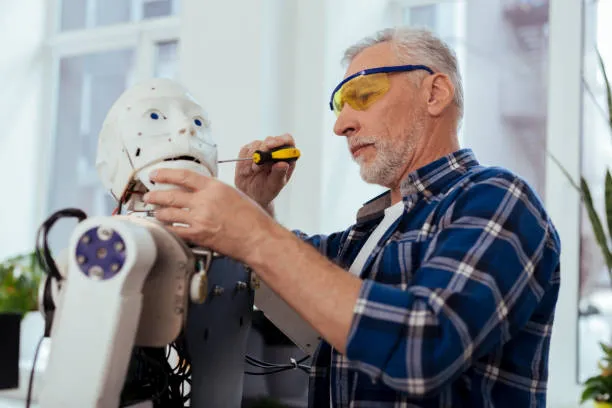Russian Researchers Pioneer 3D‑Printed Laryngeal Implants
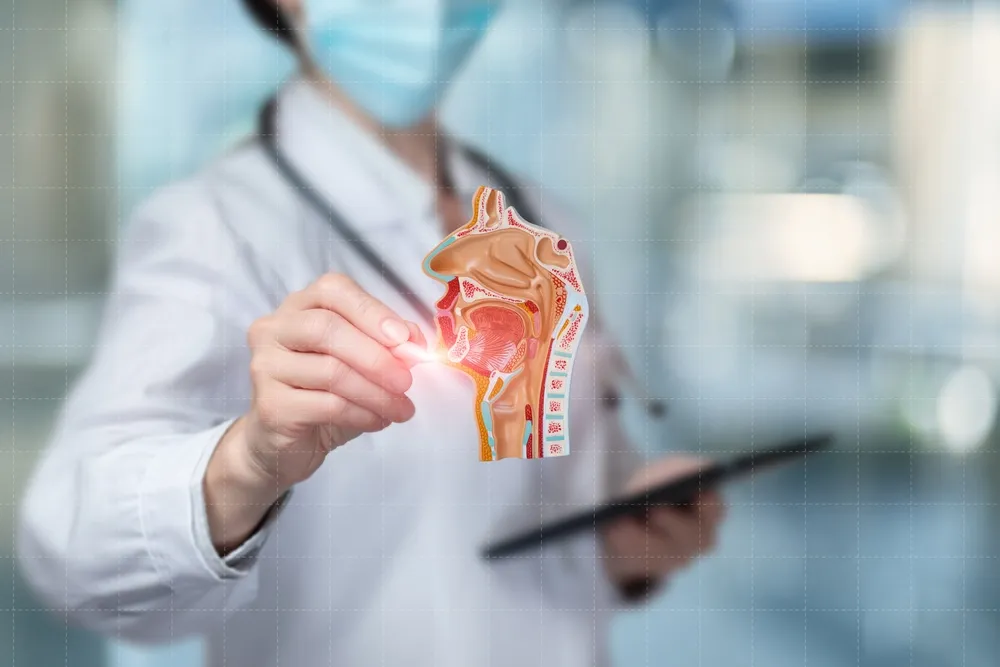
This breakthrough 3D‑bioprinting method creates patient‑specific thyroid cartilage scaffolds, promising safer, more cost‑effective reconstructive surgery within five years.
Russian scientists at the Moscow University of Science and Technology have unveiled an innovative 3D‑printing technology for manufacturing implants that mimic the thyroid cartilage of the larynx. Thyroid cartilage not only reinforces the airway but also anchors muscles responsible for speaking and swallowing, making its precise reconstruction crucial for patients undergoing laryngeal surgery.
Using data from each patient’s own CT scans, researchers employ a specialized FDM (fused deposition modeling) bioprinter to fabricate a thermoplastic polyurethane mesh customized to fit individual anatomy. Initial prototyping and preclinical trials have demonstrated the implant’s complete biocompatibility and safety, according to a report in Izvestia.
This Russian technique directly addresses the challenge of tissue regeneration in patients recovering from oncological operations, where natural healing processes are often insufficient. By integrating thermomechanical forming with standard 3D printing, the method achieves both high precision and cost efficiency — key factors for widespread clinical adoption.
Clinical rollout is slated for the next five to six years, with the research team already planning to expand the technology’s capabilities. Future applications may include evaluating anti‑tumor therapies, detecting abnormal cell growth, and investigating cellular division mechanisms.
Complementing this development, another Russian university team has created software to analyze compatibility between biomaterials and human tissues. This system enhances the design of implants, healing coatings, and targeted drug‑delivery platforms.
Globally, 3D bioprinting is gaining momentum. International collaborations are exploring the printing of bone and cartilage structures using stem cells, paving the way for next‑generation transplantology.




